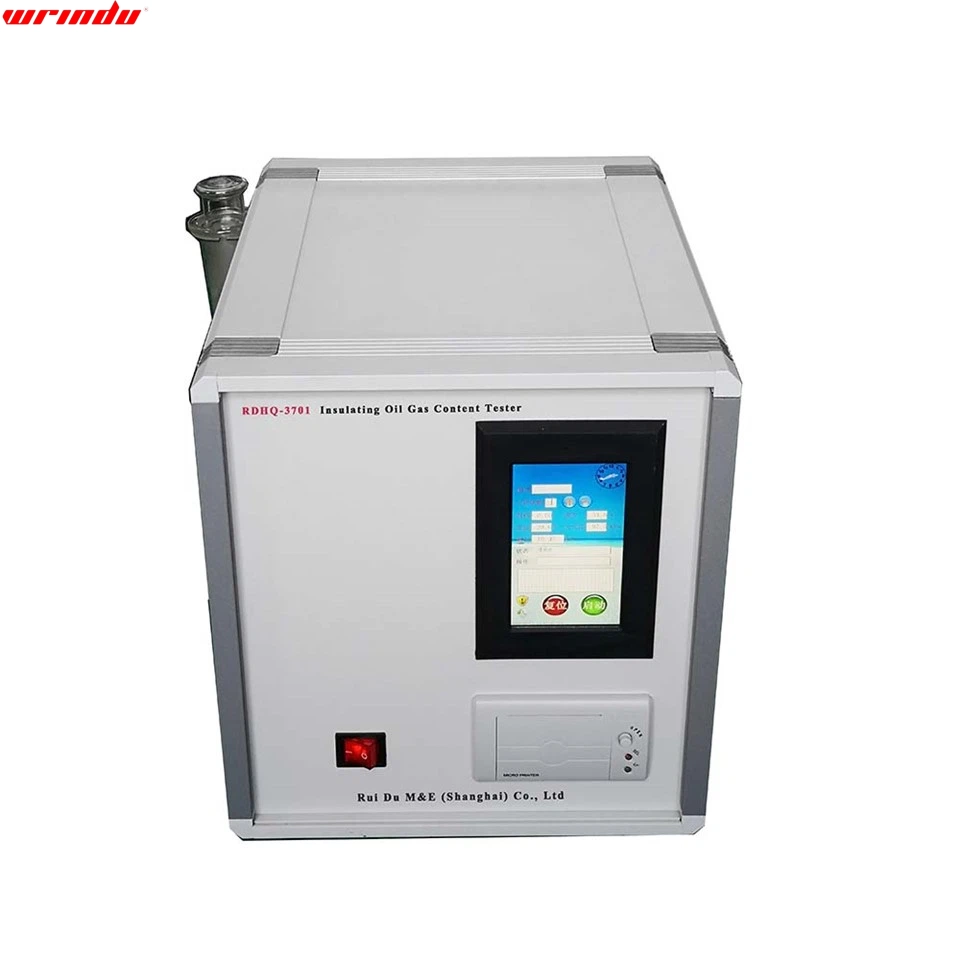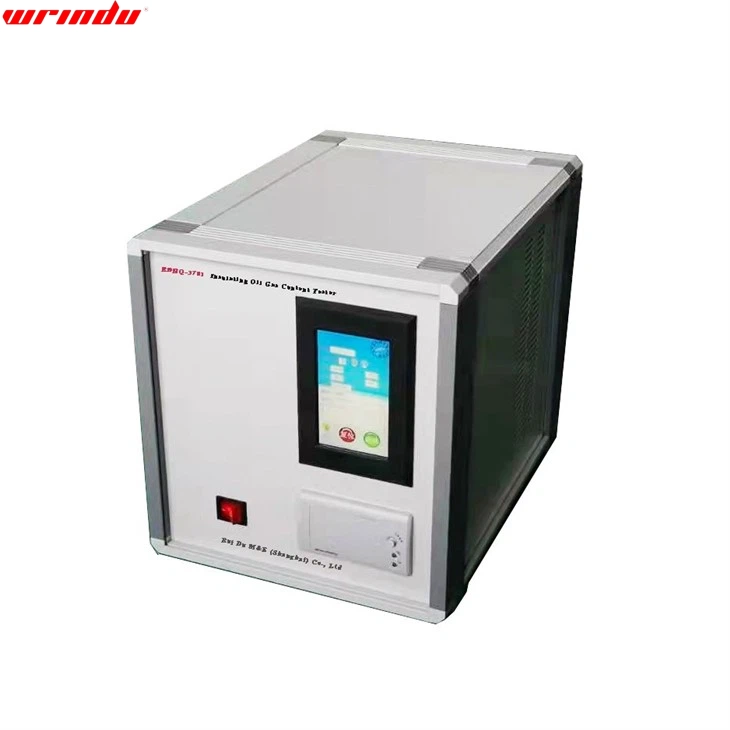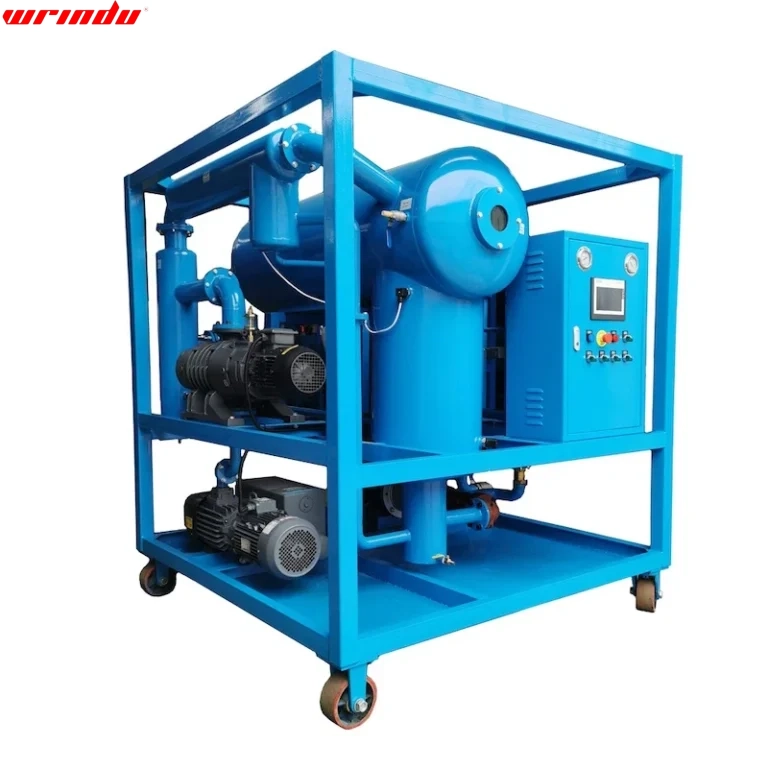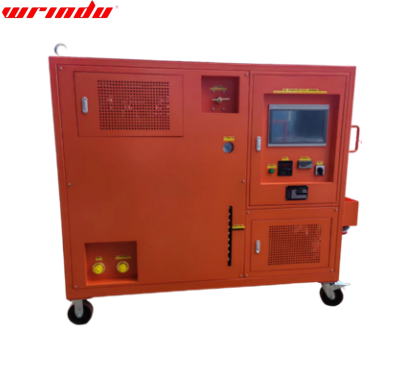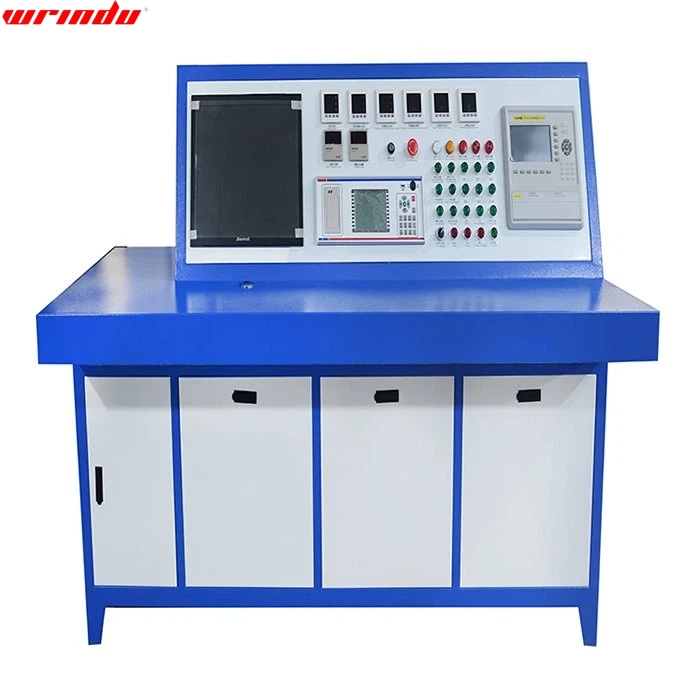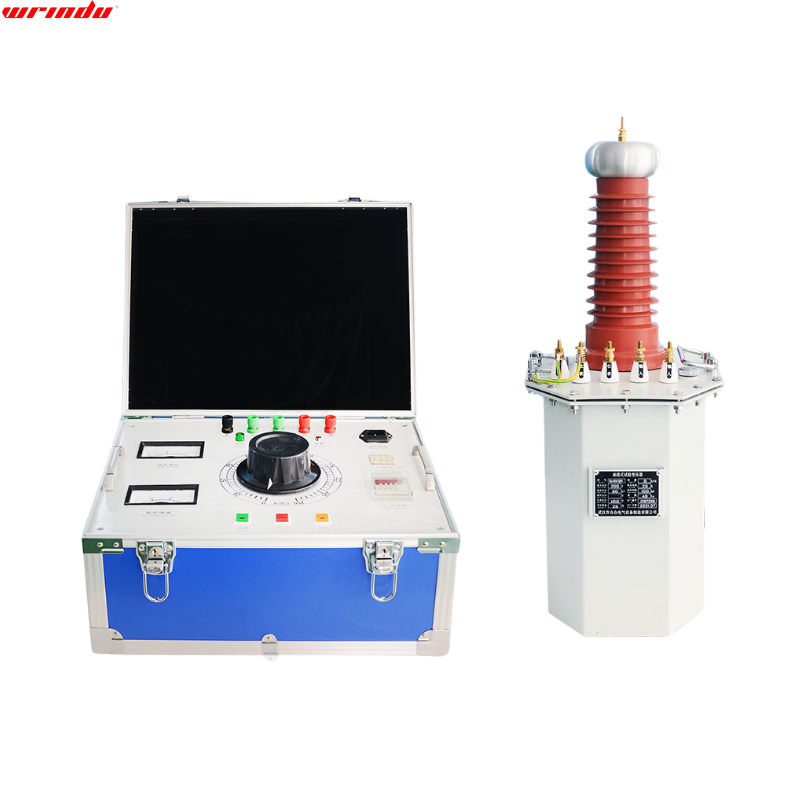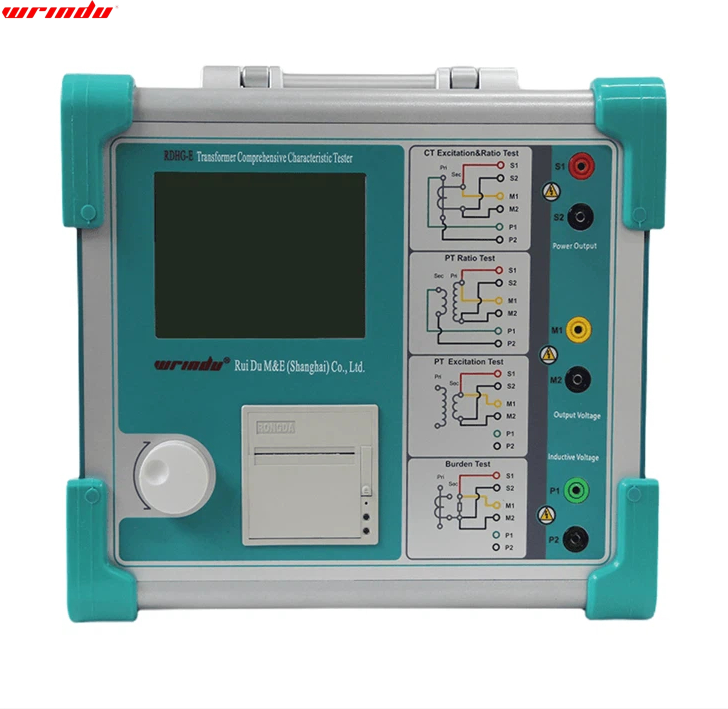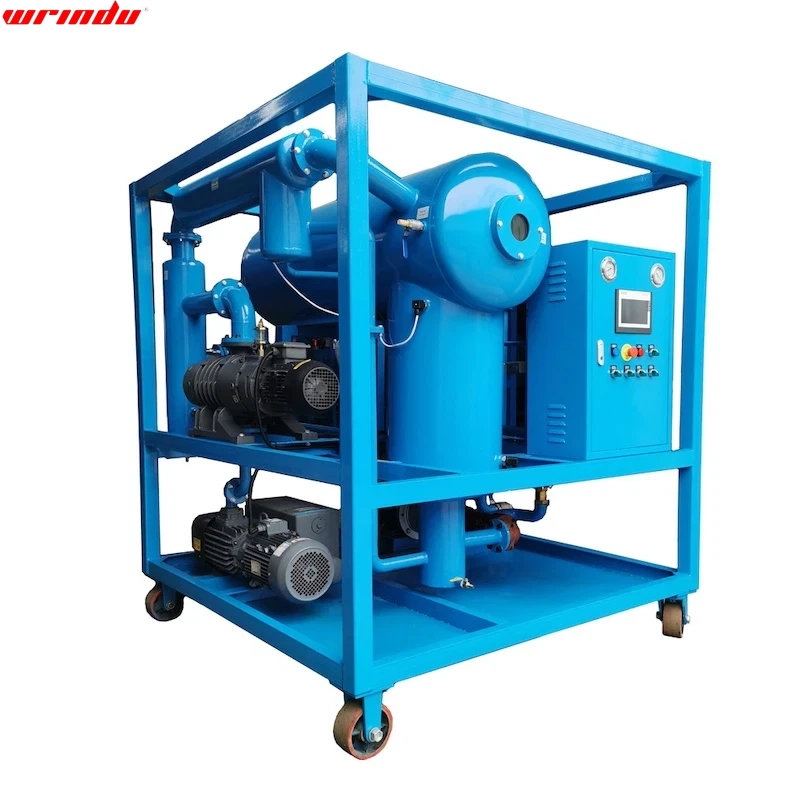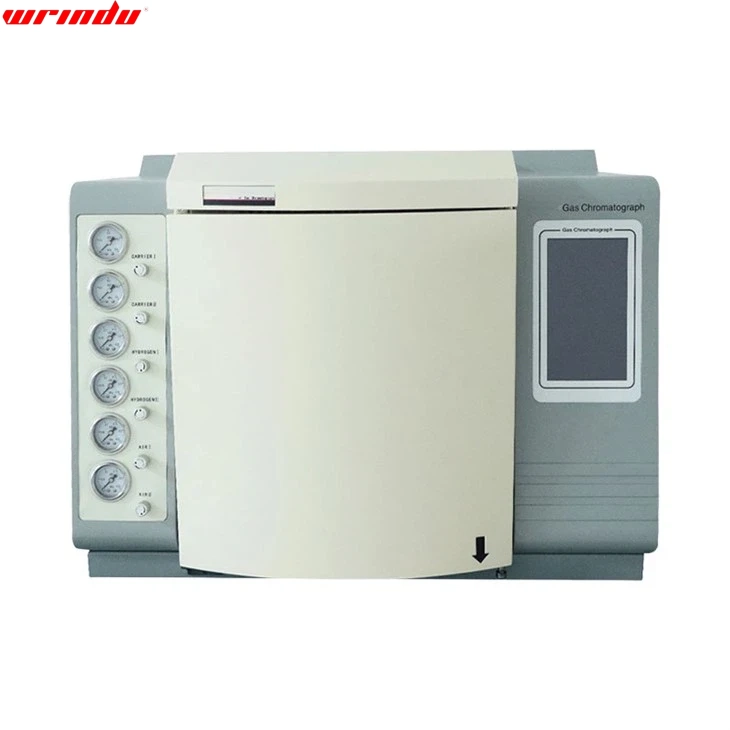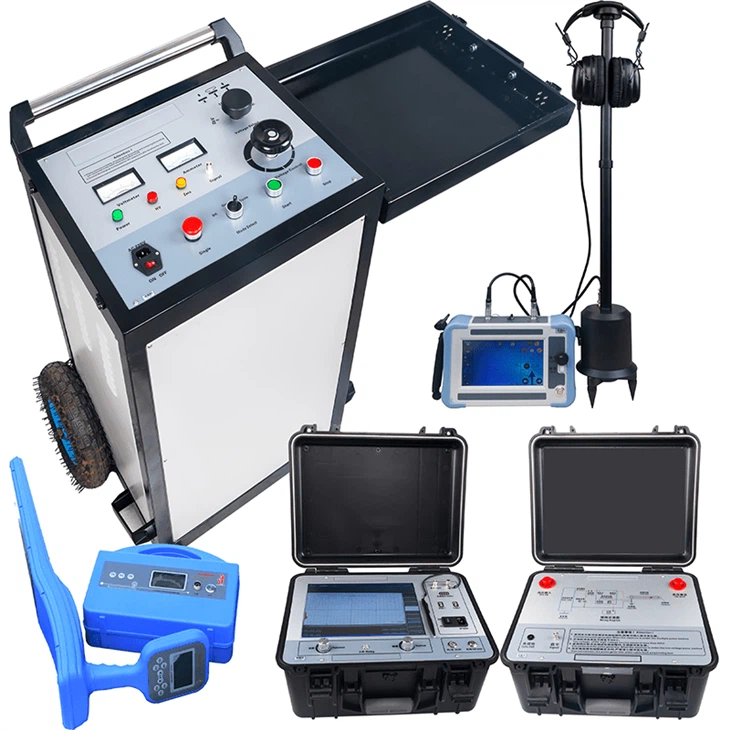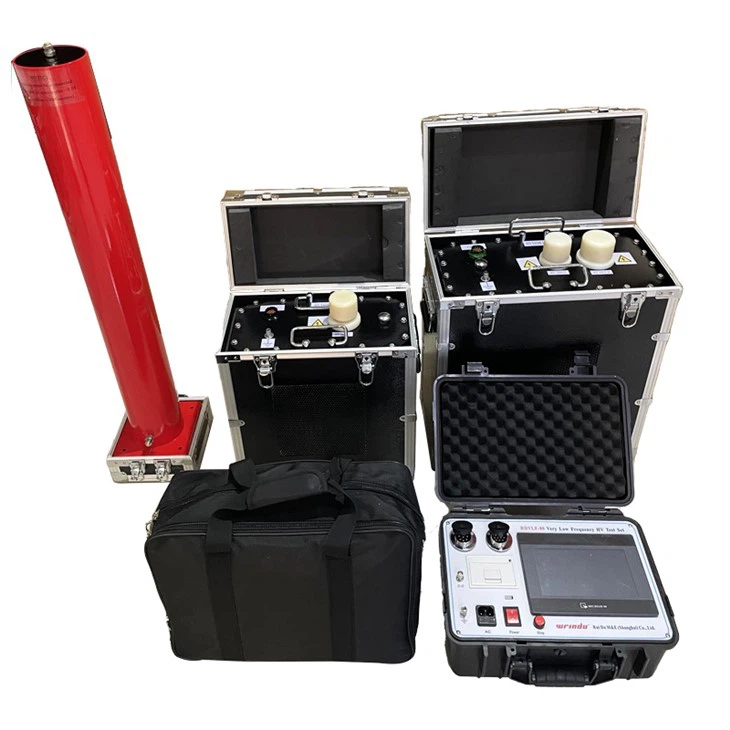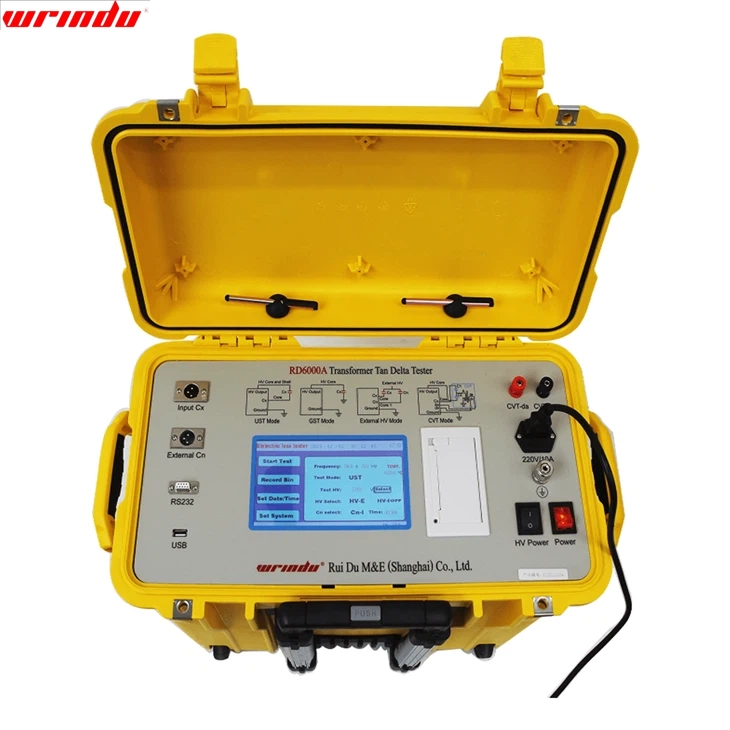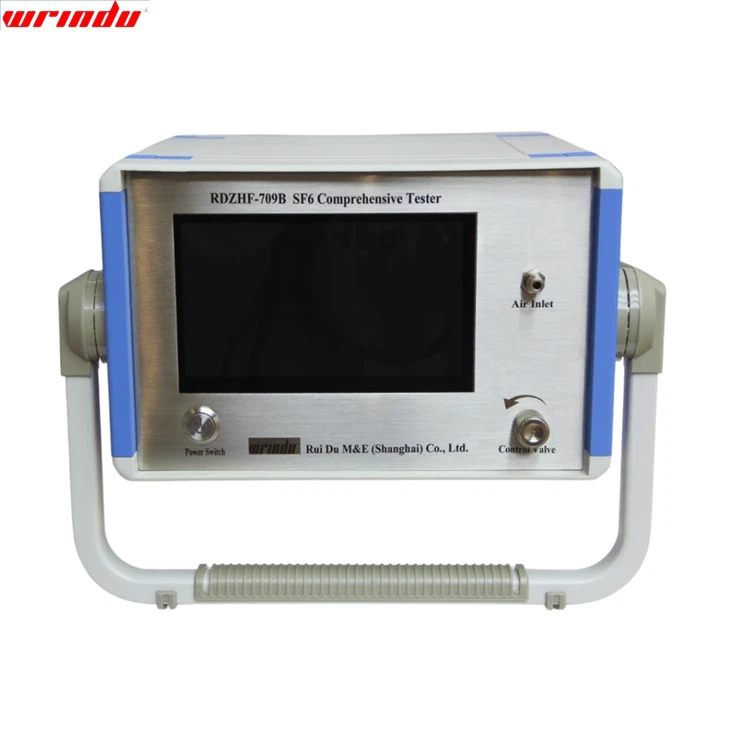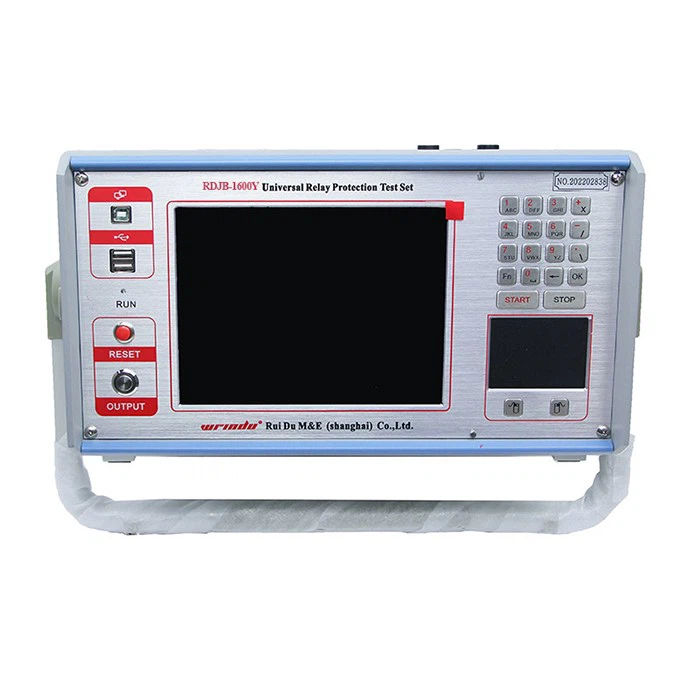OVERVIEW
In the power industry, more stringent standards have been formulated for the safe operation of transformers of various voltage levels to prevent transformer failures efficiently. The precise detection of the gas content of transformer insulating oil has become the key to ensuring the reliable operation of transformers, and the corresponding test requirements have been significantly improved.
The RDHQ-3701 insulating oil gas content tester is a new generation of professional testing equipment that integrates cutting-edge technology and exquisite craftsmanship. It uses imported high-precision sensors and is developed based on the latest sensing technology. The detection accuracy can reach ±0.1%, which can accurately capture changes in trace gas content and ensure reliable and consistent test results.
The insulating oil gas content tester is particularly suitable for the determination of gas content in ultra-high voltage oil-filled equipment. Whether it is an ultra-high voltage transformer such as 110kV, 220kV, or 500kV, the gas content of insulating oil can be accurately determined, providing strong data support for the safe operation of ultra-high voltage power equipment. It is ideal test equipment for power laboratories, scientific research institutions, and related enterprises to detect the gas content of insulating oil, helping the power industry move to a higher level in transformer status monitoring and maintenance.
CHARACTERISTIC
1. The all-metal structure avoids the problems of fragile glassware and poor sealing and improves the instrument’s durability and stability.
2. Equipped with high-precision and stable imported differential pressure sensors to ensure test data’s accuracy and good repeatability.
3. The test circuit integrates atmospheric pressure and ambient temperature sensors, which can automatically measure the current ambient temperature and atmospheric pressure and convert them into the gas content at 0 degrees under standard atmospheric pressure. The data is directly displayed on the LCD screen to simplify the workflow.
4. The unique gas injection back-standard test procedure facilitates detecting the instrument’s calibration status and measurement accuracy.
5. The time required for testing oil samples is short; the process only takes about seven minutes.
6. During the test, the instrument automatically adjusts the vacuum pump’s working state, effectively reducing noise and extending its service life.
7. The insulating oil gas content tester can automatically save the latest dozens of test data and record the test time, temperature, atmospheric pressure, and other information for easy query.
8. Equipped with a printing function, it can print test data on demand.
9. You can select the same oil sample for multiple tests. After the test is completed, the single and average results will be displayed, and the printout will be supported
For more information about oil testing equipment, please click More.
To request the latest quotes, please click Contact Us.
FAQ
Q: How do you test insulating oil?
A: A sample of dielectric transformer oil is taken to test its insulating properties, and its breakdown voltage is measured. This test determines the oil’s ability to withstand electrical stress without breaking down. A lower breakdown voltage indicates poorer quality. The transformer oil is placed in the test vessel, where the measurement is conducted to assess its insulating performance.
Q: What is the test for oil content?
A: Several methods are used to test oil content, including optical microscopy, where particles are manually counted under a microscope; automatic optical microscopy, which uses white light or a laser to count particles automatically; and pore blockage, where the sample is poured through a screen that captures particles and slows down the flow, helping to assess the oil content.
Q: What is a test in oil and gas?
A: Oil & gas testing & analysis features
Oil and gas testing and analysis involve various methods, including analytical techniques, to determine total petroleum hydrocarbons in soil. A case study for mud logging in Southeast Asia highlights the process where geologists analyze rock chips brought to the surface by the circulating drilling media, typically mud, to gather critical geological data.




